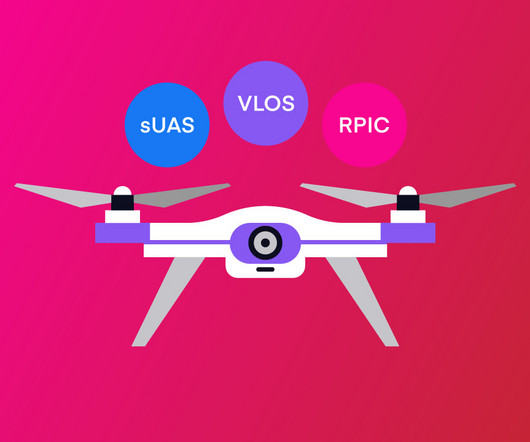How to Read a Windsock
Pilot Institute
JANUARY 3, 2025
In these locations, windsocks can be the only means of gauging wind conditions. Non-Towered Airports Compared to commercial airports that have tower services, many general aviation airports are uncontrolled. It is your responsibility to evaluate wind conditions before selecting a runway for takeoff or landing.











Let's personalize your content